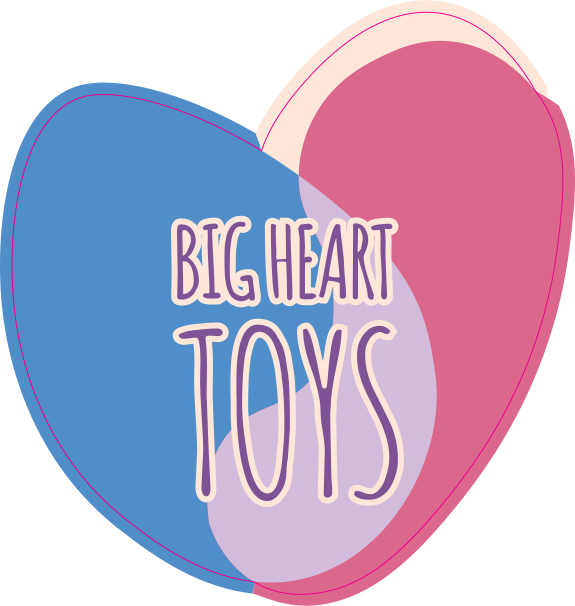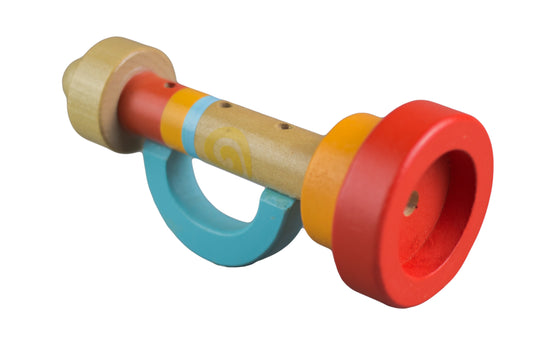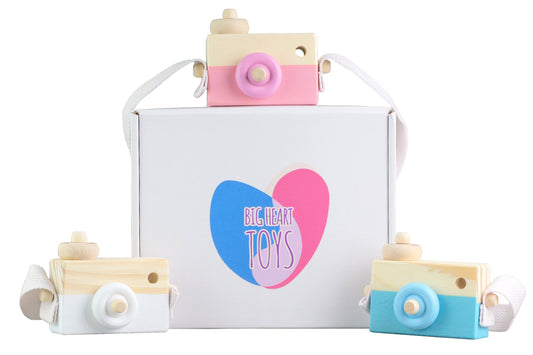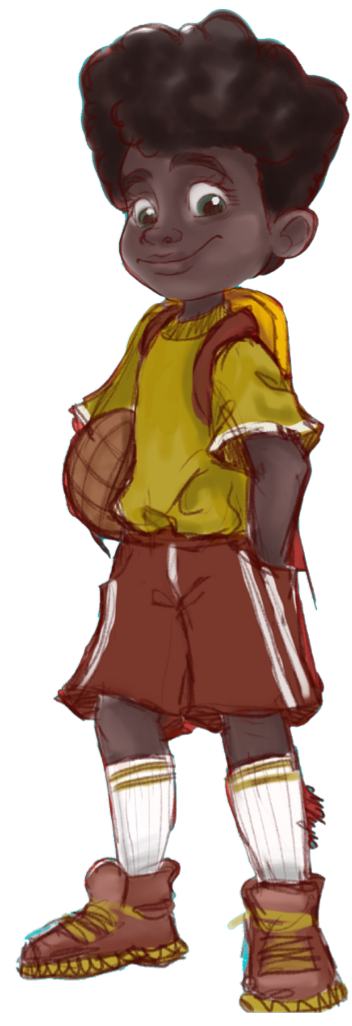You’ve probably heard about sensory toys and how they can benefit child development. Sensory toys are different types of fidget and hand toys that appeal to the senses. They are usually made of safe and durable materials that can withstand rigorous play. These toys are made to be fun, but that’s not all. They can also help neurodiverse or autistic children to focus or even calm down in a stressful situation.
Some of the best sensory toys are the simplest ones. Sensory toys come in all sorts of shapes, sizes, and colors. They are an excellent resource for cognitive development and help give your child diverse sensory experiences.
Let's explore some of the best sensory toys on the market today:
Pop Toys
Pop toys are stress relievers. They pop sort of like bubble wrap, but unlike bubble wrap, are extremely sturdy. These are wonderful toys for children with autism as well.
These toys come in all sorts of shapes, sizes, and colors. The possibilities are endless — try keychain pop toys, purse pop toys, or pop toys that are shaped like animals. This variety of toys isn’t just limited to children; you’ll likely find a couple of adults you know with pop toys stowed in a purse or briefcase.
Fidgets
These types of toys can be all sorts of shapes and sizes. They usually make sounds or have several unique functions. Fidgets are self-regulation toys that help children with anxiety and stress. They come in cubes sometimes or could even be something simple like a play camera.
Fidget toys serve a dual purpose. They both help children tolerate stressful situations and focus on a particular task while tuning out distractions around them. They are great at helping small children fine-tune gross motor skills as well.
Sensory Bins/Boxes
Sensory bins usually consist of different types of objects that may feel slimy, bumpy, or even sandy. You can purchase these bins already made and ready to go, or you can make one on your own. You could fill them with kinetic sand, water beads, rice, or even water.
The purpose of sensory bins/boxes is for your child to explore multiple types of textures. Sensory bins promote hands-on tactile play while also helping children learn to explore and investigate the world around them. Options like the Collapsible Ocean Sensory Bin allow kids to take the fun on the go!
Teethers/Chew Toys
Children, especially younger ones, explore the world orally — it’s why babies put their hands in their mouths (along with everything else in their grasp). Oral toys can reduce stress and hone focus in times of anxiety. Chew toys will help with sensory stimulation and also can help your teething baby.
There are all types of chew toys/teethers: Some are in a necklace form, while others are handheld. Teethers can have different textures, like rough or squishy, or have specific smells. Truly a fantastic way to engage your child's senses!
Fidget Spinners
These toys tend to be more popular with kids between the ages of five to ten. Some of them light up when they spin or even make noise and come in complex, interesting shapes. They are held between two fingers and spun.
Fidget spinners are great for young children experiencing anxiety or nervous energy. It's just another terrific activity for sensory play. Children on the autism spectrum or those with ADHD benefit from fidget spinners’ ability to help them focus and control excess energy.
Stress Balls
A stress ball is usually some sort of squishy ball that you can hold in your hand and squeeze. They come in many sizes, colors, and materials. For example, some are foam, while others can be made of sand. Some stress balls are just foam or putty, and some may be plastic with beads inside them.
Stress balls are tremendous for relieving anxiety and stress (hence the name). When your child is bored or needs something to occupy their time, simply hand them a stress ball. You can carry one in your purse or in your car to have handy at all times, especially waiting in line at the grocery store or waiting in a doctor’s office.
Weighted Gel Maze Toy
Weighted blankets were inspired by Temple Grandin’s invention of the hug machine. Now, weighted blankets are a common feature of sensory integration therapy. However, it can be tricky to take blankets that weigh anywhere from five to 20 pounds on the go.
How do you take the powers of a weighted blanket on the go? Try a 14-inch weighted gel maze. It operates both as a maze and as a mini-transportable weighted blanket.
This toy promotes hand-eye coordination, and your child will enjoy the challenge so much that it doesn’t even seem like learning. The gel maze boosts cognitive development and the development of fine motor skills.
Finger Paints
Although you may be hesitant due to the mess, finger paints are excellent for sensory play. Opt for non-toxic, washable finger paints to keep the mess minimal.
Finger paints engage the senses and promote creativity. Art is an invaluable tool; children can artistically express what they might have trouble articulating with words. Art has been used as a healing tool for a long time. It increases essential qualities like internal strength, resilience, critical thinking, and compassion.
Finger painting is a fantastic activity to do with other kids that enhance social skills but also independent play.
DIY Sensory Toys
If you're on a budget and are in need of sensory toys for your child, there are many things you can make yourself that will accomplish the same goal. Just think about different types of things that will explore your senses, and you will be amazed at what you can come up with.
For example, making a sensory bin at home is relatively simple (and fun). Plus, you can make them in whatever size you need. One option is to fill a Tupperware container with a base material (like sand, dried beans, or pom poms). Then, add in some small plastic toys.
Books
You wouldn’t think of a book as a sensory toy, but they have so much to teach us. Reading books will help your child learn about their senses and how to interact with other children. There are many books out there that you can find to help with these topics. A few that you may find helpful are Luna Makes a Friend and Leo Starts a Conversation.
While adults may be used to paper books, young readers have far more options. Tactile books physically bring children into the world of the story with additions like felt, crinkle fabric, and plastic ridges.
The Importance of Sensory Toys Play in Development
Providing your child with a range of sensory activities can help them learn ways to calm down and manage stress. There will be times when your child's senses are overloaded, and they are unable to manage big emotions on their own. Having sensory toys on hand will allow them to change directions and focus on just that one task.
Sensory challenges are important for children with autism who may struggle with managing their senses. Sensory toys with specific functions can help children find an outlet for frustration, anxiety, and even sadness. Sensory toys promote social interaction, which is an aspect of life that many people can use a little extra assistance with.
Additionally, sensory play can help your child with problem-solving skills. People are unique, so sensory toys must be as unique as we are. Specially-crafted types of sensory toys can serve specific purposes. For instance, puzzles help with problem-solving while books promote emotional intelligence.
Less Is More
Although there are all these different types of sensory toys, and you may want to give your child all of them at once, try to remember that less is more. Often our children can experience sensory overload.
It’s best to find a few that your child enjoys and try to give them one at a time. It is a great idea to introduce many different sensory items but just not at the same time. This could actually have a negative impact on children that have sensory aversions.
Giving your child sensory toys, whether they are neurodiverse or neurotypical, can be a gentle and encouraging tool for developmental growth. Sometimes, simple things like a pop toy or a book can make a significant impact. As we all know, even the smallest change can make a big impact on our day.
Who knew that learning could be so much fun?
Hooray for Play
The takeaway here is that sensory toys are amazing items to keep in your parenting or teaching toolbelt. Such toys promote social interaction and learning and can soothe a stressed or anxious child. Not only that, but these toys can help with hand-eye coordination and can assist in sensory stimulation.
The best part about sensory toys is that they are fun! Your child can enjoy them for hours while learning and developing critical skills at the same time. They will gain language skills and motor skills.
A lot of sensory toys are portable so that you can have them with you at all times. They will come in handy when you are in the car or maybe at a restaurant, and your child is bored or anxious. Maybe you’ll want to pull out your fidget spinner and get in on the fun. After all, our kids learn positive self-regulation skills by watching us!
Sources:
What Is a Sensory Toy and How Do They Help? | Autism Speaks
What Is Sensory Play? The Benefits For Your Child and Sensory Play Ideas | Cleveland Health Clinic
Sensory Differences - a Guide for All Audiences | National Autistic Society
Weighted Blankets: How They Work | Live Science
Sensory Integration Therapy | HealthyChildren.org
Why does my preschooler STILL put everything in his mouth? | Today's Parent






